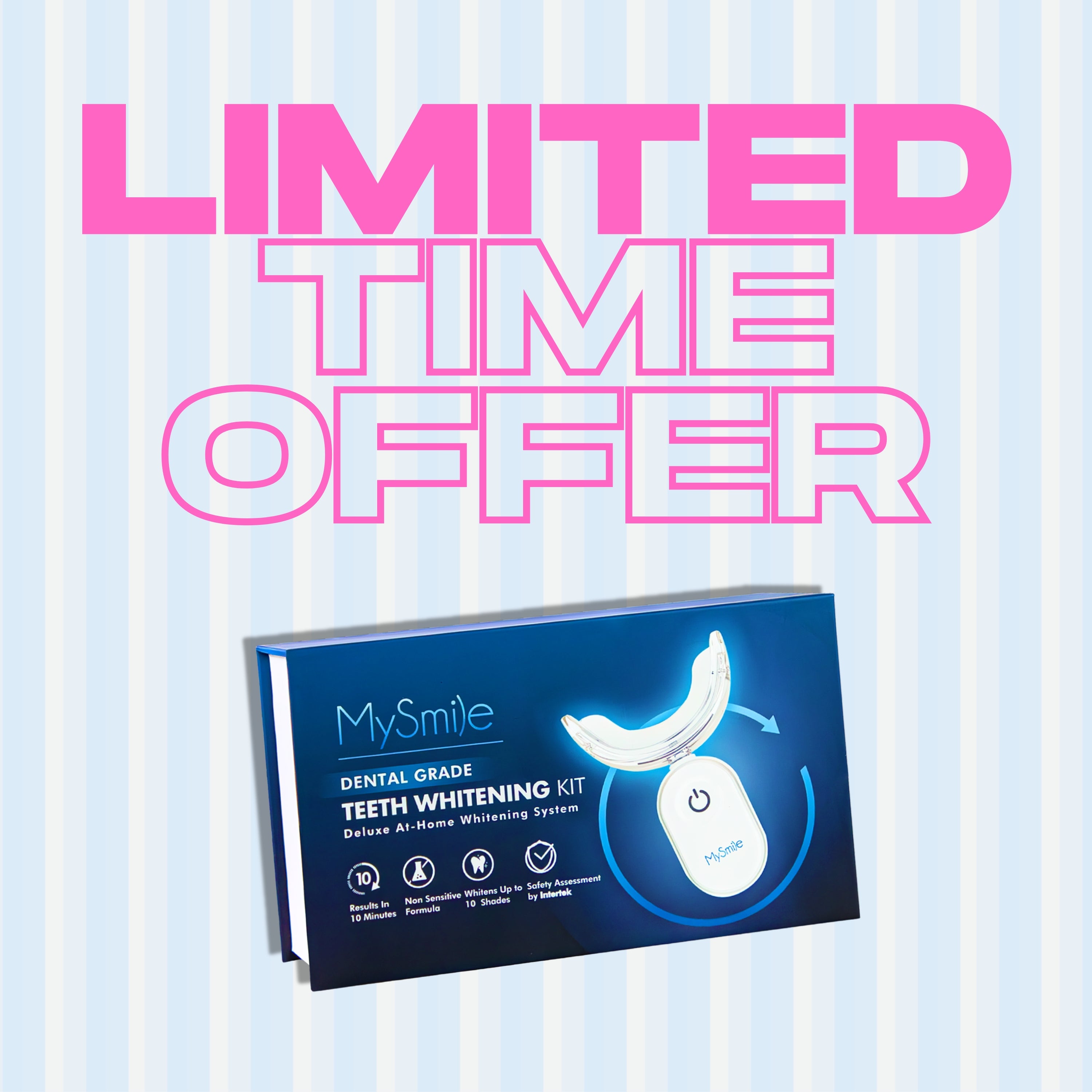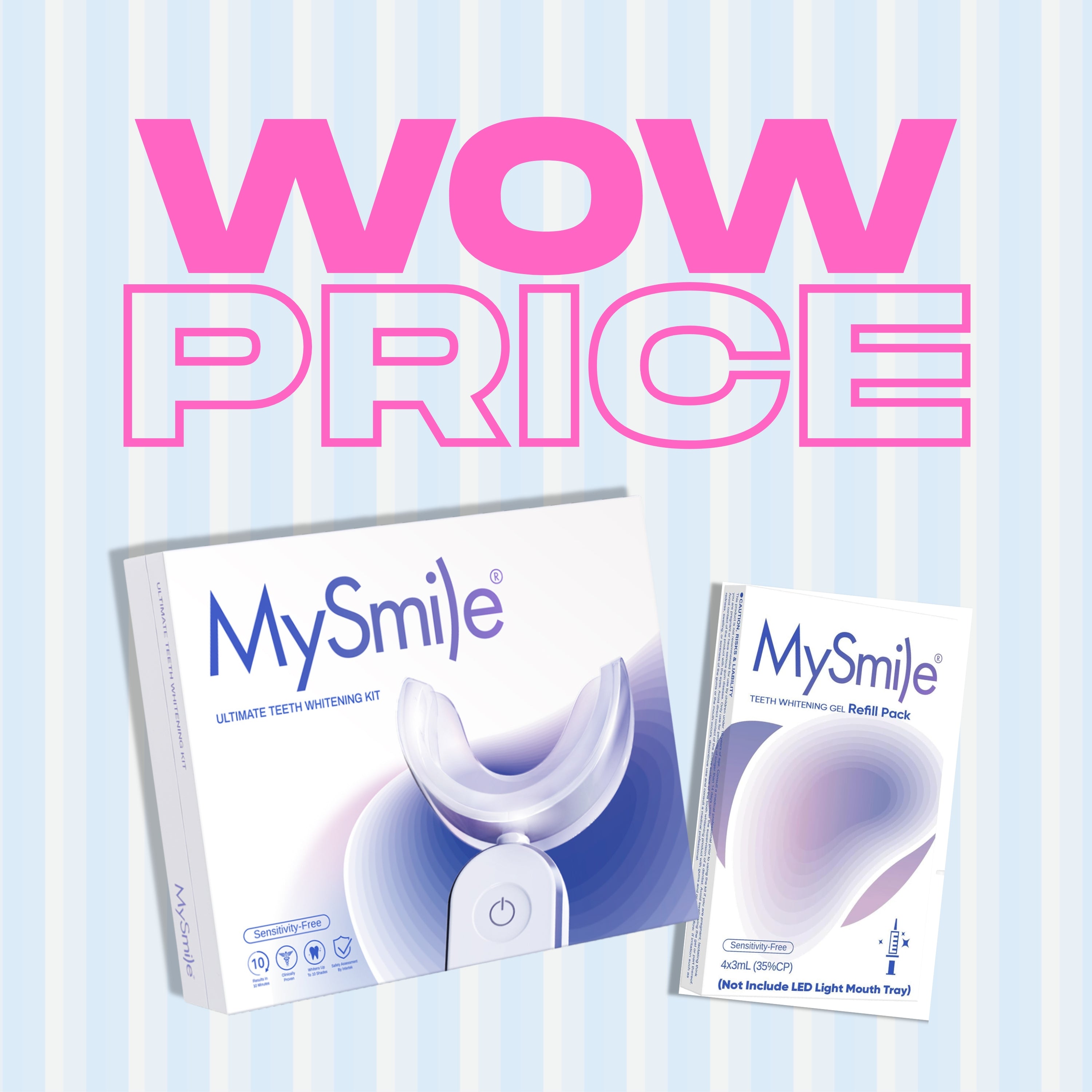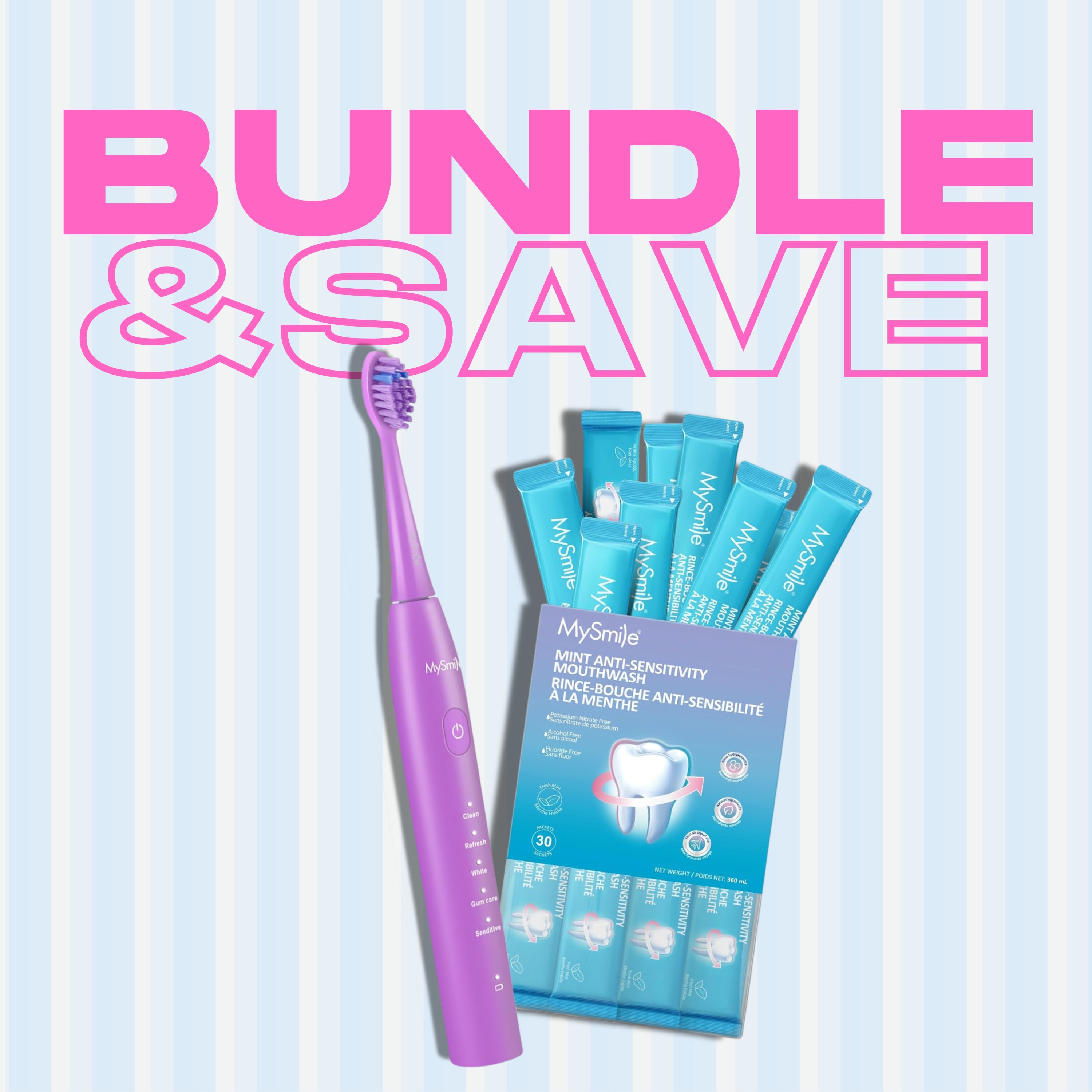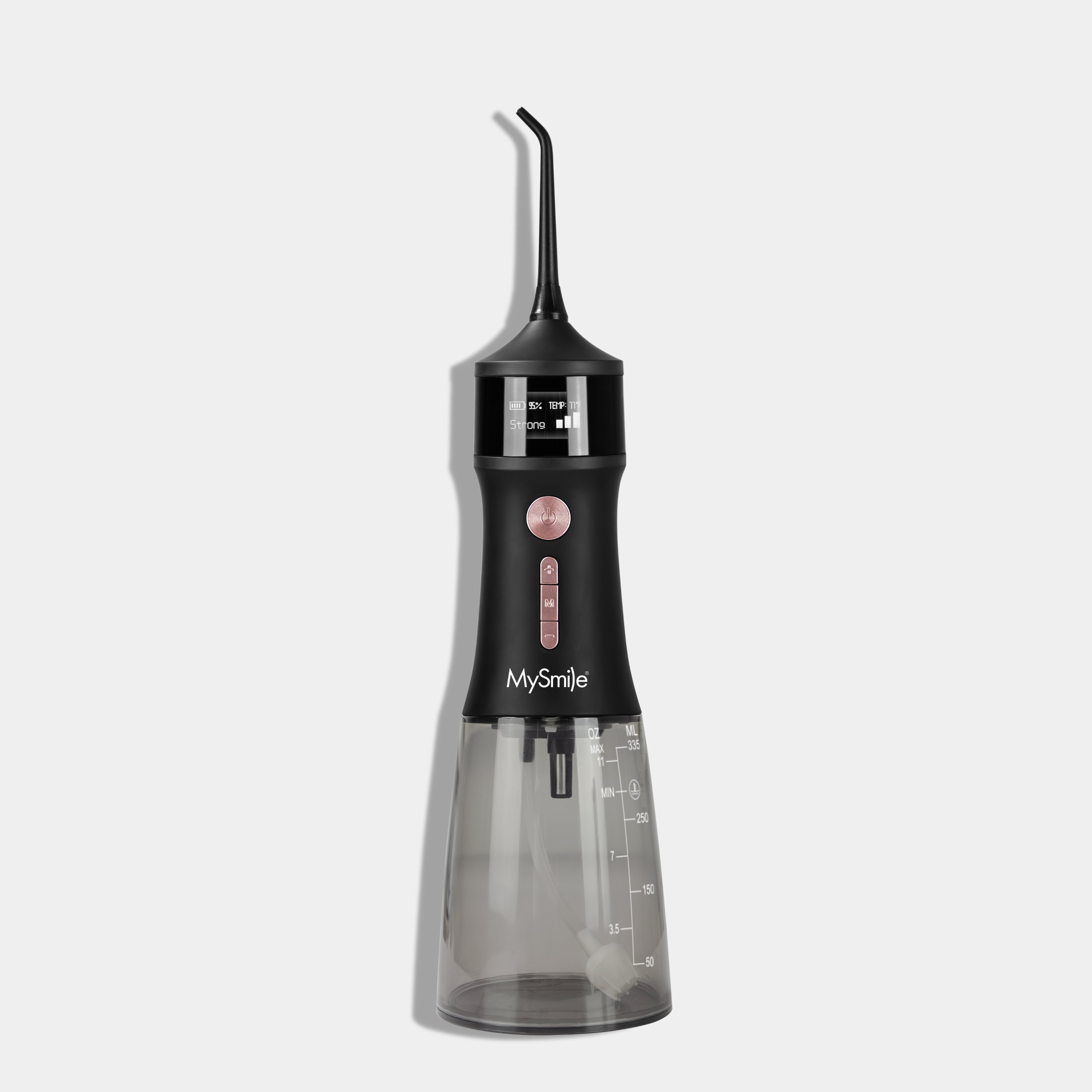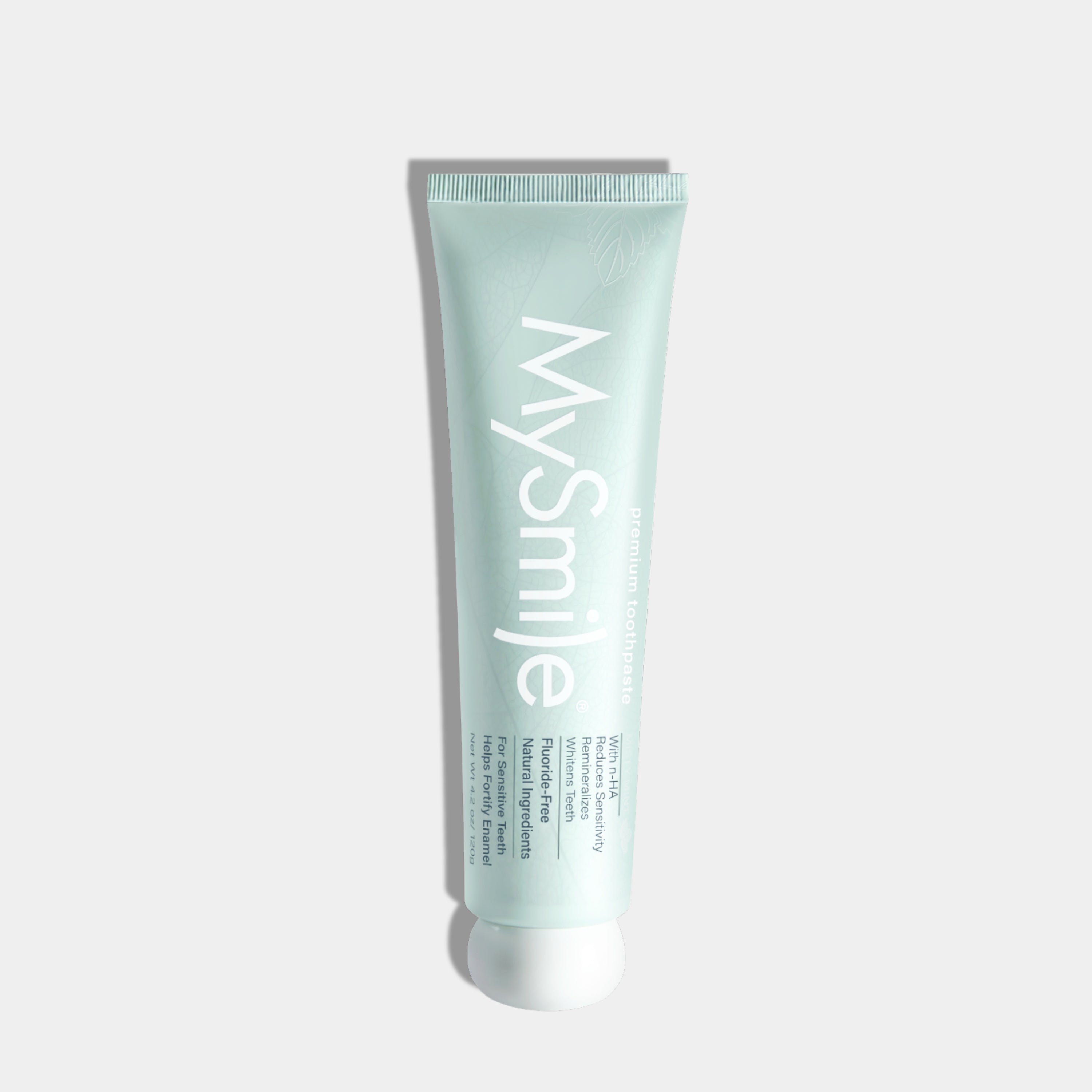A bright, white smile has become one of the most sought-after beauty traits, not only for its aesthetic appeal but also for the confidence it inspires. Over the past few years, at-home teeth whitening has rapidly gained popularity, offering an accessible and affordable alternative to professional dental treatments. Among the most effective tools in this category is the teeth whitening gel, a product that can transform a dull smile into a radiant one with consistent use.
Whether you're dealing with stubborn coffee stains, discoloration from smoking, or just want to rejuvenate your natural whiteness, teeth whitening gels offer a fast and reliable solution. With various options on the market—ranging from smile teeth whitening gel kits to peroxide-free natural alternatives—understanding how to use these products effectively and safely is essential.
In this comprehensive guide, we will break down the fundamentals of how to use teeth whitening gel. We'll explore its ingredients, types, application steps, safety measures, and pro tips to maximize your results. Whether you’re a first-time user or someone looking to improve your current whitening routine, this guide is tailored to help you get that sparkling smile with confidence.
By the end of this article, you’ll know:
-
What teeth whitening gel is and how it works
-
The difference between various gel types and formulas
-
A step-by-step application process
-
Best practices for safe and effective whitening
-
Recommendations for choosing the right product
Let’s begin by understanding what exactly teeth whitening gel is and why it works so well.
What is Teeth Whitening Gel?
Teeth whitening gel is a dental product designed to lighten the natural color of your teeth by removing surface stains and deeper discoloration. Most whitening gels contain active ingredients like hydrogen peroxide or carbamide peroxide, which penetrate the enamel and break down the molecules responsible for staining.
Unlike toothpaste, which primarily removes external plaque and food debris, whitening gel is chemically formulated to alter the color of the tooth itself. This makes it particularly effective for long-standing or intrinsic stains caused by food, beverages, aging, or certain medications.
There are also non-peroxide formulas available for people with sensitive teeth. These typically include natural abrasives like baking soda or whitening agents such as papain (from papaya) and bromelain (from pineapple), which gently polish the enamel.
Key Ingredients in Whitening Gels
-
Hydrogen Peroxide – A strong oxidizing agent that acts quickly to break apart stain compounds.
-
Carbamide Peroxide – A more stable compound that breaks down into hydrogen peroxide; it’s often used in home whitening kits for slower, controlled whitening.
-
Glycerin – A base agent that keeps the gel from drying out.
-
Potassium Nitrate – Helps reduce sensitivity after whitening.
-
Flavoring Agents – Mint or neutral flavors to make the gel more palatable.
How Does It Work?
The gel is applied directly to the teeth using trays, brushes, or pens. Once activated, usually by air exposure or an LED light, the active ingredients begin breaking down the pigmentation inside the enamel. This process lifts the shade of the teeth, often resulting in visible whitening after just a few uses.
For more insight on how long to leave teeth whitening gel, check out our detailed guide that covers safe usage and optimal results.
Types of Teeth Whitening Gel
Understanding the different types of whitening gels helps you choose a product that suits your lifestyle, budget, and oral health needs. Here are the most common types available today:
1. Over-the-Counter Whitening Gels
These gels are widely available in pharmacies and online. They usually come in kits with trays, syringes, or applicator pens. Their peroxide concentration is lower (typically 6%–10%) to make them safe for unsupervised use.
Best for: First-time users or those looking for gradual results at home.
2. Professional Whitening Gels
These are provided by dentists and contain a higher concentration of hydrogen peroxide (up to 35%). They’re used in conjunction with custom-made trays or during in-office whitening sessions.
Best for: Users looking for fast, dramatic results.
3. Smile Teeth Whitening Gel Kits
These all-in-one kits often include a whitening gel, LED accelerator light, and mouth tray. They’re designed for easy at-home use and offer faster results than standard OTC products.
Best for: Users who want convenience, portability, and a complete solution.
4. Natural Whitening Gels
Free from peroxide and harsh chemicals, these gels use ingredients like activated charcoal or baking soda. They’re ideal for people with sensitive teeth or those seeking organic solutions.
Best for: Sensitive users or natural health enthusiasts.
5. Whitening Gel Pens
These are compact, travel-friendly applicators that allow you to “paint” the gel directly onto the teeth. They’re great for quick touch-ups and targeted whitening.
Best for: On-the-go whitening or post-treatment maintenance.
Each type has its pros and cons. Your choice will depend on how quickly you want results, how sensitive your teeth are, and your comfort level with at-home treatments.
Benefits of Using Teeth Whitening Gel at Home
The rise of teeth whitening gel for home use has revolutionized cosmetic dental care. What once required a trip to the dentist’s office can now be done affordably, conveniently, and effectively from the comfort of your own home. Here's why many are turning to at-home whitening gels to achieve a bright smile:
1. Convenience at Your Fingertips
One of the biggest advantages of at-home teeth whitening gels is convenience. Whether you're a busy professional or a parent with limited time, whitening your teeth while watching TV or relaxing before bed is a game-changer. Kits are often designed to fit seamlessly into your daily routine, requiring just 10 to 30 minutes per session.
2. Cost-Effective Solution
Professional in-office whitening treatments can cost hundreds of dollars per visit. In contrast, an effective smile teeth whitening gel kit typically ranges from $25 to $100 and offers multiple applications. This makes it a more budget-friendly option without compromising on results.
3. Customizable Treatments
Many gel-based kits allow you to control the level of whitening based on your desired outcome. You can choose between low- and high-peroxide concentrations, adjust the frequency of use, and monitor your progress day by day.
4. Safe for Repeated Use
With proper usage and spacing between treatments, at-home whitening gels are safe for repeated applications. This makes it easier to maintain your white smile year-round without worrying about long-term damage, especially if you follow the manufacturer’s guidelines and your dentist’s advice.
5. Fast, Visible Results
Thanks to ingredients like fast teeth whitening gel with high-efficiency peroxide levels or LED light acceleration, many users notice visible improvements after just a few uses. Results vary depending on initial tooth color, but many people achieve 2–3 shades of whitening within the first week.
6. Boosts Confidence and First Impressions
A bright smile isn’t just about looks. It boosts confidence, improves social interactions, and can even influence perceptions in the workplace. The ability to achieve this transformation from home gives users a powerful sense of control over their appearance and self-esteem.
Step-by-Step: How to Use Teeth Whitening Gel Properly
If you're new to the process, using teeth whitening gel can seem a little intimidating. But don’t worry—it’s simple when you break it down into a few easy-to-follow steps. Proper usage is key to achieving the best results while avoiding sensitivity or gum irritation.
Step 1: Brush and Floss Your Teeth
Start with clean teeth. Remove food particles, plaque, and surface stains by brushing and flossing thoroughly. This ensures the gel adheres directly to the tooth enamel and works efficiently.
Step 2: Prepare the Whitening Gel
Depending on the kit or system you’re using, this might involve:
-
Dispensing the gel into a tray
-
Applying it directly with a pen
-
Using a brush tip to paint it on your teeth
Make sure not to overfill trays or apply gel to the gums to prevent irritation.
Step 3: Insert the Tray or Activate the LED Light
If you're using a smile teeth whitening gel kit, place the tray over your teeth and secure it in place. Some kits include LED lights to enhance the gel's whitening effect. These lights accelerate the breakdown of peroxide, allowing faster and deeper penetration into enamel stains.
Step 4: Let the Gel Work Its Magic
Follow the recommended treatment time listed on the product—typically 10 to 30 minutes. Avoid eating, drinking, or speaking during this period for optimal results.
Step 5: Rinse Thoroughly
After the recommended time, remove the tray and rinse your mouth with water. Also, clean the tray thoroughly to keep it sanitary for future use.
Step 6: Avoid Staining Foods for 1 Hour
To preserve results, avoid consuming staining agents like coffee, tea, wine, or dark berries for at least one hour after treatment. The enamel is slightly more porous right after whitening and more susceptible to discoloration.
Step 7: Repeat as Needed
Most gels are safe for daily use over 1 to 2 weeks, depending on concentration. Monitor your progress and stop when you’ve reached your desired shade or if you notice any sensitivity.
Safety Precautions and Common Mistakes
While teeth whitening gel for home use is generally safe, it’s important to use it responsibly to avoid damaging your teeth or gums. Let’s go over some do’s and don’ts.
Do:
-
Follow all manufacturer instructions
-
Use a soft-bristled toothbrush before treatment
-
Store your gel in a cool, dry place
-
Consult a dentist if you have dental restorations like crowns or veneers
Don’t:
-
Exceed the recommended usage time
-
Use whitening gel if you have open sores or gum disease
-
Apply gel to inflamed or bleeding gums
-
Swallow the gel
Common Mistakes to Avoid:
-
Using too much gel – This won’t speed up the process and may increase sensitivity.
-
Skipping sessions – Consistency is key; skipping days may delay your results.
-
Whitening damaged teeth – Cracks or decay should be evaluated by a dentist first.
How Long Until You See Results?
One of the most common questions is, “When will I see a difference?” The answer depends on several factors:
Influencing Factors:
-
Type of gel used (e.g., fast teeth whitening gel vs. gentle formula)
-
Initial tooth discoloration
-
Frequency of application
-
Diet and oral hygiene
Typical Results:
-
Mild Whitening: 3–5 days
-
Moderate Whitening: 1–2 weeks
-
Deep Whitening: 3+ weeks with high-concentration gels
Using a smile teeth whitening gel kit with an LED accelerator may show visible results in as little as 2–3 applications.
Tip: Take before-and-after photos under similar lighting to track your progress objectively.
Choosing the Right Teeth Whitening Gel
Not all whitening gels are created equal. Picking the right one can save you time, money, and frustration.
Key Things to Look For:
-
Peroxide Concentration: Higher levels (up to 35%) whiten faster but may cause sensitivity. For beginners, 10–22% is a safe start.
-
ADA Approval or Clinical Tests: Look for gels that are approved by the American Dental Association or backed by studies.
-
Form Factor: Gel pens, pre-filled trays, syringes, or brush-on gels—choose what fits your comfort.
-
Ingredients: Avoid gels with alcohol or synthetic flavorings if you have sensitive teeth or gums.
For a fast teeth whitening gel, go for kits with carbamide or hydrogen peroxide and optional LED lights.
Myths and Misconceptions About Teeth Whitening Gel
There's a lot of confusion surrounding whitening gels. Let’s bust some common myths:
Myth 1: Whitening gel damages enamel
Truth: Approved whitening gels break stains, not enamel. Overuse or misuse can cause sensitivity, but not permanent damage.
Myth 2: You can whiten crowns and fillings
Truth: Whitening gels don’t work on veneers, crowns, or fillings. Only natural enamel changes color.
Myth 3: The more you use, the faster the result
Overusing gel can irritate your gums. Stick to the recommended schedule for safe results.
Teeth Whitening Maintenance Tips
To keep your smile glowing after the treatment, follow these simple habits:
-
Avoid staining foods like coffee, red wine, soy sauce, and soda
-
Use a whitening toothpaste 2–3 times per week
-
Drink with a straw to minimize contact with your teeth
-
Brush twice a day and floss daily
-
Repeat treatments every 2–3 months or as needed
Maintaining results is easier than starting from scratch. A good smile teeth whitening gel kit can be part of your long-term routine.
When to Avoid Teeth Whitening Gel
Whitening gels are not for everyone. In these cases, it's best to consult your dentist before use:
-
Pregnant or breastfeeding
-
Children under 14
-
Sensitive teeth or gum disease
-
Recent dental work or oral surgery
Severe tooth discoloration from medication or trauma
Always do a patch test or talk to your dentist if unsure.
Final Thoughts
Teeth whitening gel offers a convenient, safe, and effective way to improve your smile from home. Whether you’re prepping for a big event or just want to boost your confidence, using a fast teeth whitening gel or a smile teeth whitening gel kit can deliver real, visible results—if you use it correctly and consistently.
To recap:
-
Choose the right gel for your needs
-
Follow each step properly
-
Avoid common mistakes
-
Maintain your results over time
Your smile says a lot about you—make sure it says something bright. MySmiles teeth whitening products are designed to deliver fast, visible results from the comfort of your home. With dentist-approved formulas and easy-to-use kits, achieving a brighter, more confident smile has never been easier.

